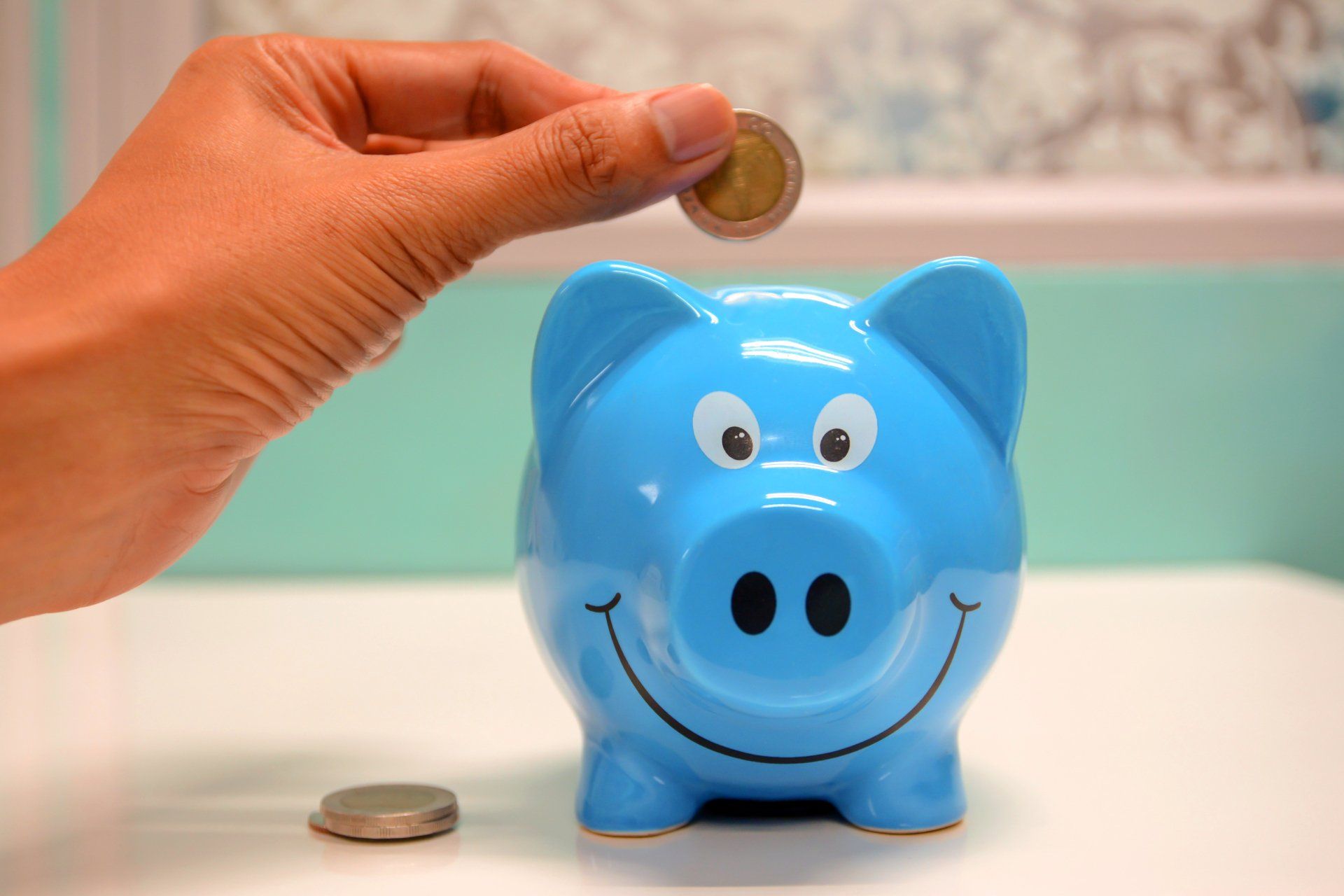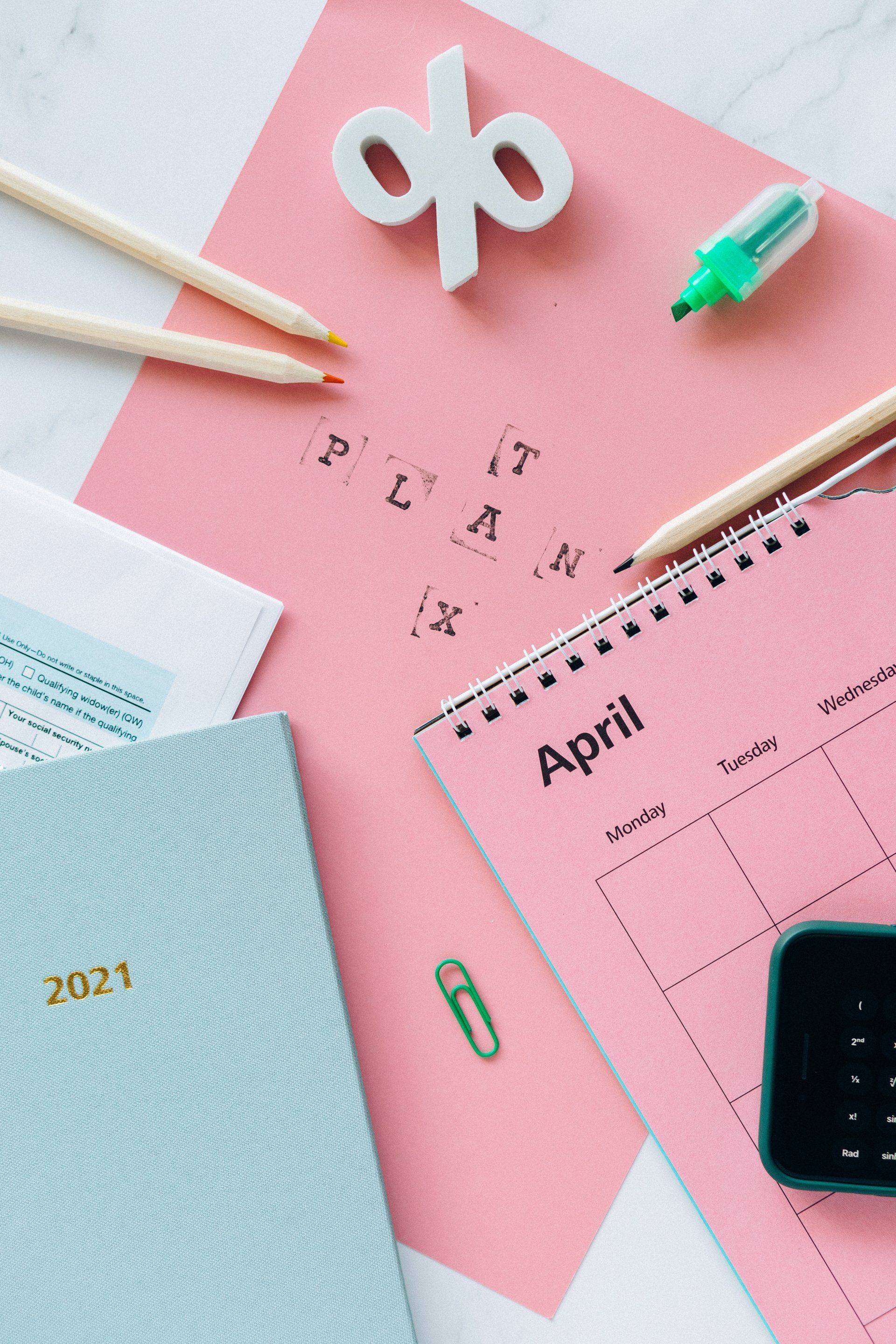Capital Gains Tax - Special Bulletin
Capital Gains Tax (CGT) is a complicated tax that needs careful planning for. It is very easy to fall foul of some of the rules, especially if you are not taking personalised financial advice, especially when selling property.
With the drastic cut to annual exemptions, and despite the rising house prices, the CGT regime is much less generous than it was 15 years ago, so extra work is required!
It is so important to think about the long-term plan, or exit position as well as the short-term quick wins, and if there are going to be capital gains at play, figure out how to best mitigate these with the top tips below.
Here are some answers to the most frequently asked questions about this often-misunderstood tax, and some ways to reduce, delay or even completely mitigate the bill!
What is Capital Gains Tax?
CGT is a tax on the profit you make when you sell something that has increased in value. CGT applies only to the gain, not the amount of money you receive for the asset. So, if you bought a property for £100,000 and sold it for £150,000, your capital gain or profit is £50,000. That’s the amount assessed for CGT.
Every tax year you have a personal CGT allowance. In 2023/24 it’s £6,000, reducing to £3,000 from April 2024 for individuals. This means you can currently realise gains of up to £6,000 (after taking away any losses and applying any reliefs) and pay no CGT – but everything over that will be subject to tax.
If you don’t use your allowance in a tax year, you can’t carry it forward like some other tax allowances.
How much Capital Gains Tax will I have to pay?
The rate of CGT that you will pay will depend on your other income.
If you are a basic-rate taxpayer and the gains on any assets sold are within your Income Tax basic rate band, you’ll pay 10% CGT. However, for property investments, you’ll pay 18% on residential property that is not the home that you live in.
If you’re a higher-rate taxpayer, or your gains combined with your income bring you into the higher rate, you’ll pay 20% for most assets and 28% on gains made by the sale of residential property. If your combined income and gains are above the higher rate threshold, you’ll pay 28% on residential property.
If you are selling property, the HMRC has a fantastic calculator!
How can I reduce my Capital Gains Tax bill?
There are a number of options if you want to reduce the amount of CGT that you pay. It will, however, be dependent on your personal circumstances, and you may need to manage the reduction over time – which is why expert financial advice is very important.
1) Gift assets to a spouse or partner
Most sales or transfers of gifts between spouses or civil partners are free from CGT. By transferring assets to them, you can take advantage of your combined CGT exemptions, and potentially keep more of the gain at a lesser rate. So, you could ask a solicitor to amend the deeds and gift 50% of a solely owned property to help reduce the CGT payable.
2) Increase your pension contributions
The amount of CGT you pay is linked to your rate of income Tax. So if you are able to pay more into your pension, you’ll be reducing your taxable income – which may alter your tax band, and reduce the rate of CGT that you’re charged.
3) You can gift assets to your spouse or partner
Most transfers of capital between spouses or civil partners are free from CGT. By transferring assets to them, you’ll be able to use both of your annual allowances – making the first £24,600 of the gain tax-free. But only until April 5th 2023. In 2023/24, the amount would be £6,000 and in 2024/25, just £3,000.
4) Maintain or improve your assets
If you make improvements to a holiday home, you can write off those costs against tax. Make sure you keep all your receipts and information during the course of ownership to make it easier to work out your costs when you come to sell.
What happens if I sold my furnished holiday let business?
You may be able to qualify for Business Asset Disposal Relief (formerly Entrepreneurs’ Relief) if you’ve owned the business for at least two years. The relief reduces the rate of CGT on disposals of certain business assets to 10% up to £1million.
How do I declare capital gains?
When you sell assets and have made gains of more than £12,300, you must declare it to HMRC.
How and when you do this depends on the asset or assets you’ve sold. If you sell a property, you have just 60 days to report your gain and pay the tax due.
To do this, you’ll need to set up a Capital Gains Tax on Property account on the government website.
If you made a gain selling or giving away other assets, you can report and pay the tax straight away using the real-time service on the government website. Or you can report it in a self-assessment tax return in the tax year after you sold the assets.
HMRC works out how much CGT you owe, how to pay it and when the deadline is.
Can I defer or ‘roll-over’ my capital gains?
Yes, using EIS deferral relief. Capital gains tax (CGT) arising on sale of a property can be deferred by investing into an EIS investment. To qualify for the relief the investment must be made during a period covering one year before the gain arose and three years thereafter.
For the purposes of deferral relief, it’s the capital gain (not the proceeds of sale) that should be invested.
You would need to pay the CGT bill within 60 days, then you can reclaim the CGT paid upon proving you have invested into these specific types of shares.
The HMRC would then not seek to recover any CGT whilst you continue to hold the shares, and ultimately the bill dies with you on death. Alternatively, you could annually encash some of the shares within your CGT exemption.
This blog is designed for education purposes only and does not constitute financial advice, which is given on a bespoke basis relevant to a client’s specific circumstances.
The levels and bases of taxation, and reliefs from taxation, can change at any time and are generally dependent on individual circumstances.
Check out more of my articles







